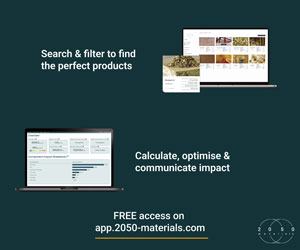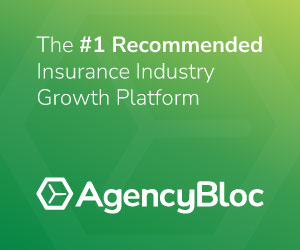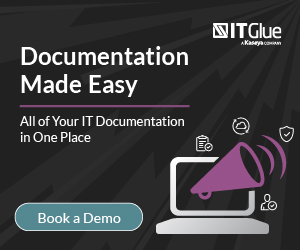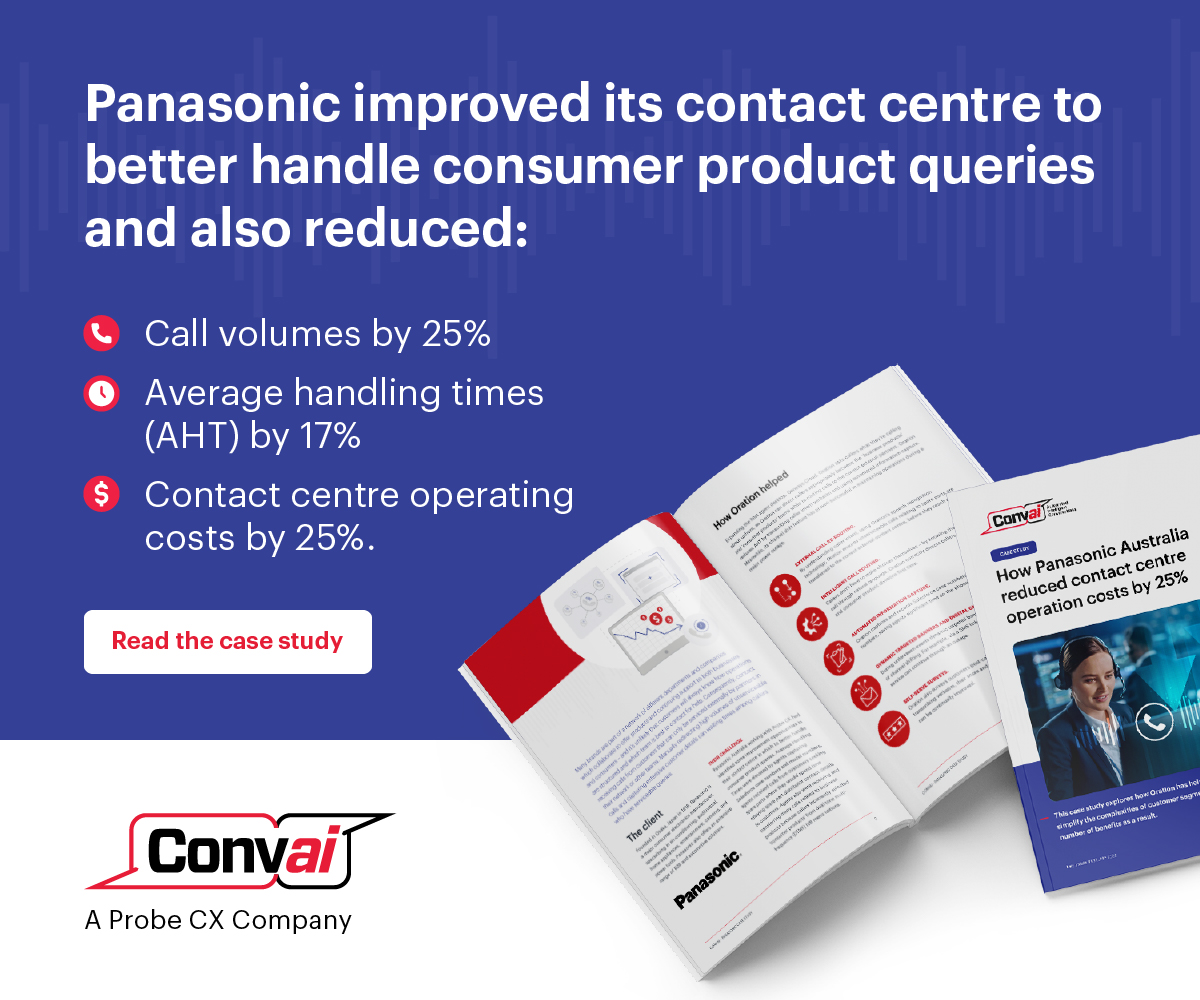I’m Andrea Ludwig, Account Director at Cubewise North America, where we help organizations transform their financial planning and forecasting capabilities with several key IBM products. Two strategic products we are discussing today are IBM Planning Analytics and watsonx. My perspective on these technologies comes from a very different place than most software vendors. I’ve walked in your shoes.
Early in my career, I was that planner desperately trying to wrangle data from multiple reporting systems, copying and pasting into Excel, and hoping my formulas were correct. The manual processes were not only inefficient but created countless opportunities for error. Sound familiar? I spent countless hours each month reconciling data sources, rebuilding broken links, and explaining why my numbers didn’t match finance’s numbers or operations’ numbers.
Then I encountered IBM Planning Analytics at an organization that had implemented it for enterprise planning and forecasting. The transformation was immediate and profound. Instead of wrestling with disconnected spreadsheets, we leveraged the powerful Excel add-in to build collaborative planning models. Data flowed seamlessly across departments, monthly projections updated efficiently, and for the first time, everyone was literally working from the same numbers.
The AI Revolution: Learning from Early Missteps
Since those early Planning Analytics days, the landscape has evolved dramatically, particularly with the emergence of generative AI. In my current role, I regularly speak with companies eager to leverage advanced analytics and automation. However, I also hear familiar stories of AI implementations gone wrong.
I’ve been there myself. At one organization, we purchased an AI forecasting tool that promised to revolutionize our planning process. Instead, it became a source of frustration. The “black box” approach meant we couldn’t understand how the system arrived at its recommendations. My team and I found ourselves constantly overriding the machine’s output, ultimately trusting our manual calculations more than the automated results.
This experience isn’t unique. When I discuss AI solutions with business professionals today, I encounter significant skepticism. They want to understand the methodology behind any recommendation. They’ve been burned by tools that promised intelligence but delivered opacity. The good news? The technology has fundamentally changed.
IBM watsonx: Transparent Intelligence for Business Planning
Today’s AI platforms, particularly IBM watsonx, address the transparency concerns that plagued earlier implementations. IBM watsonx provides a comprehensive environment for housing and scaling AI models while maintaining visibility, and is built with IBM security. IBM is a trusted enterprise solution provider and an essential part of the AI strategy within many large organizations.
Consider the possibilities: your organization possesses years of historical data containing patterns that human analysis might miss. Machine learning excels at identifying these patterns and applying them to future predictions. Layer in external data sources like weather patterns, consumer price indices, or market indicators, and you create forecasting capabilities that far exceed traditional approaches. The machine provides consistency and fairness in pattern recognition, allowing your team to focus on strategic decision-making rather than data manipulation. Current applications we’re exploring with clients include:
- Natural language model interrogation (similar to ChatGPT functionality)
- Automated presentation generation
- Scenario modeling and operational predictions
- Forecast automation with human oversight
- Intelligent variance analysis
- Missing data imputation
- Correlation identification
- Executive reporting automation
Planning Analytics: The Foundation for Advanced Analytics
Not every organization is ready for AI implementation, and that’s perfectly acceptable. Many companies still rely heavily on offline Excel for critical planning processes. IBM Planning Analytics provides an excellent stepping stone toward advanced analytics maturity.
This purpose-built planning and forecasting platform serves organizations ranging from Fortune 100 enterprises to mid-market companies with 10-15 users. Users can access the system through the familiar Excel add-in or web-based visualizations, depending on their preferences and requirements.
Planning Analytics eliminates the data silos inherent in spreadsheet-based planning. Multiple users collaborate seamlessly across the organization, conduct scenario analysis, maintain version control, and establish official forecasts. Most importantly, everyone operates from a single source of truth, backed by IBM’s enterprise-grade security and infrastructure.
The platform’s customizability sets it apart from one-size-fits-all solutions. Whether deployed on-premises or in the cloud (IBM, AWS, or Azure), Planning Analytics adapts to your business complexity rather than forcing you to adapt to software limitations. This flexibility drives higher user adoption rates and delivers measurable business value.
Moving Forward on Your Analytics Journey
Every organization occupies a different position on the analytics maturity spectrum. The key isn’t where you start, but that you start moving forward. Whether you’re transitioning from Excel to Planning Analytics or exploring AI-powered forecasting with watsonx, the important thing is taking that next step.
The technology landscape will continue evolving, and organizations that embrace this position and continue on their analytics journey will fine themselves having a competitive advantage. Your analytical journey doesn’t require a destination, just forward momentum and the willingness to leverage better tools as they become available.
The future of business planning is here. The question isn’t whether you’ll eventually adopt these technologies, but how quickly you’ll realize their benefits.













